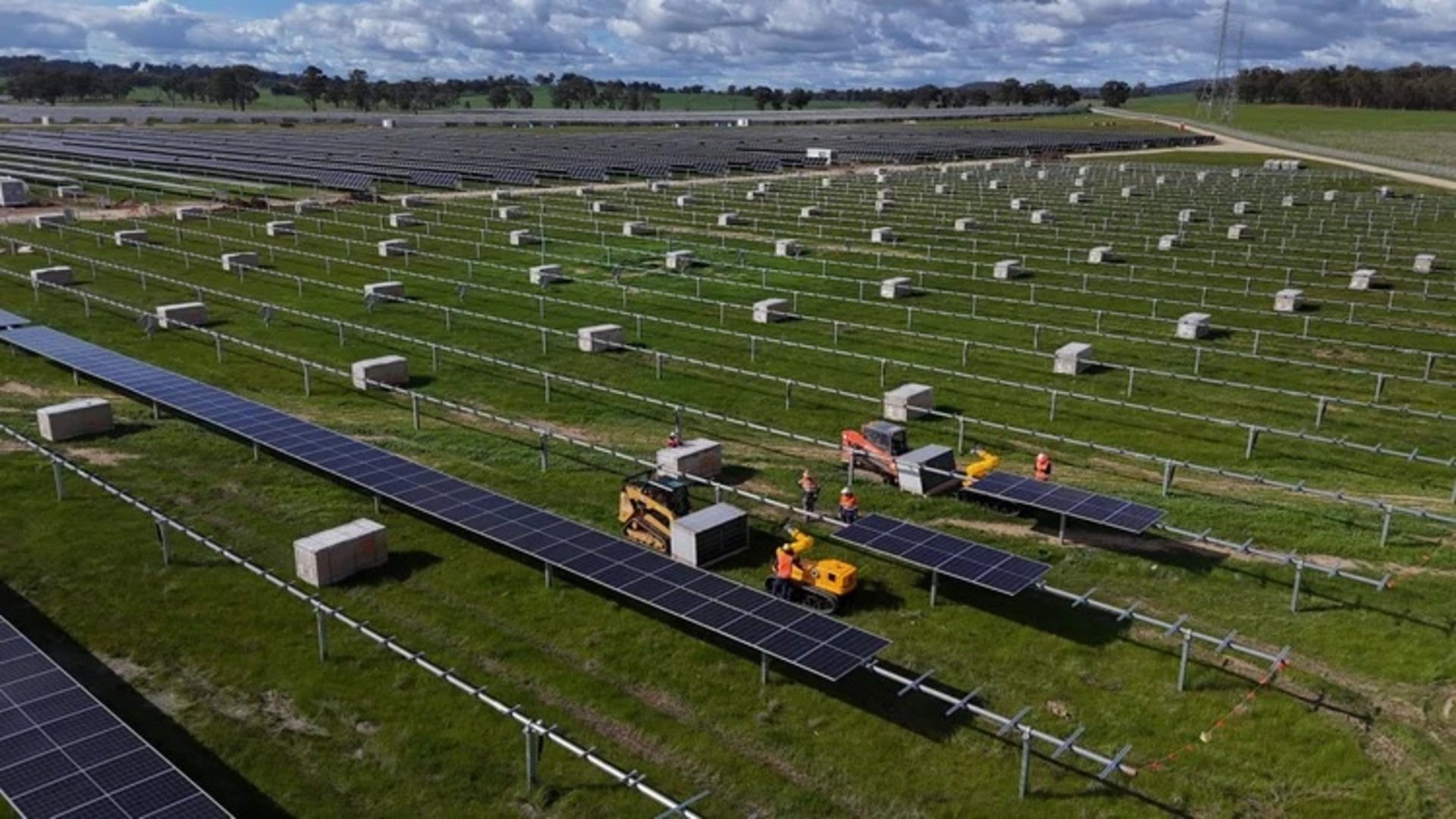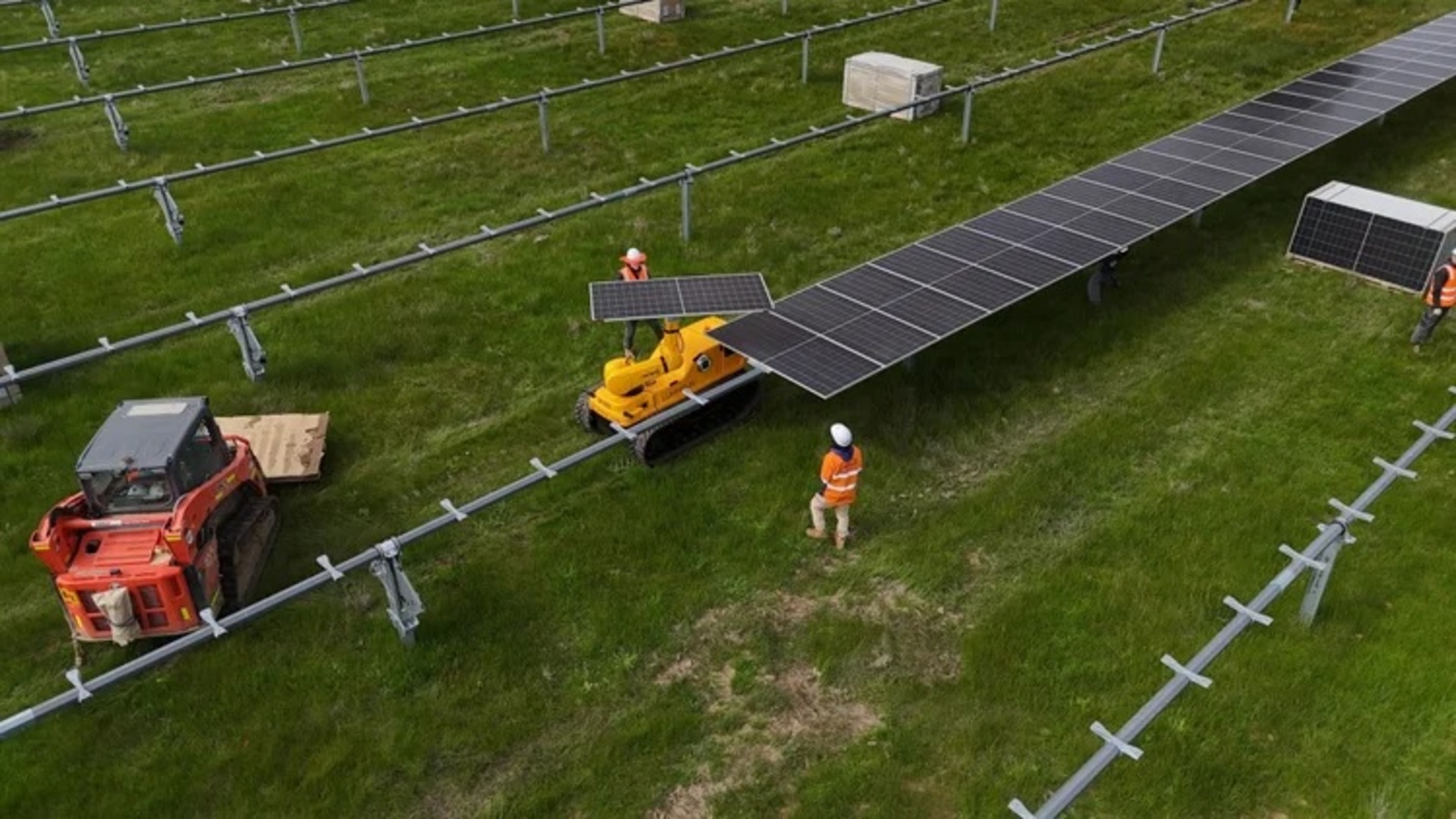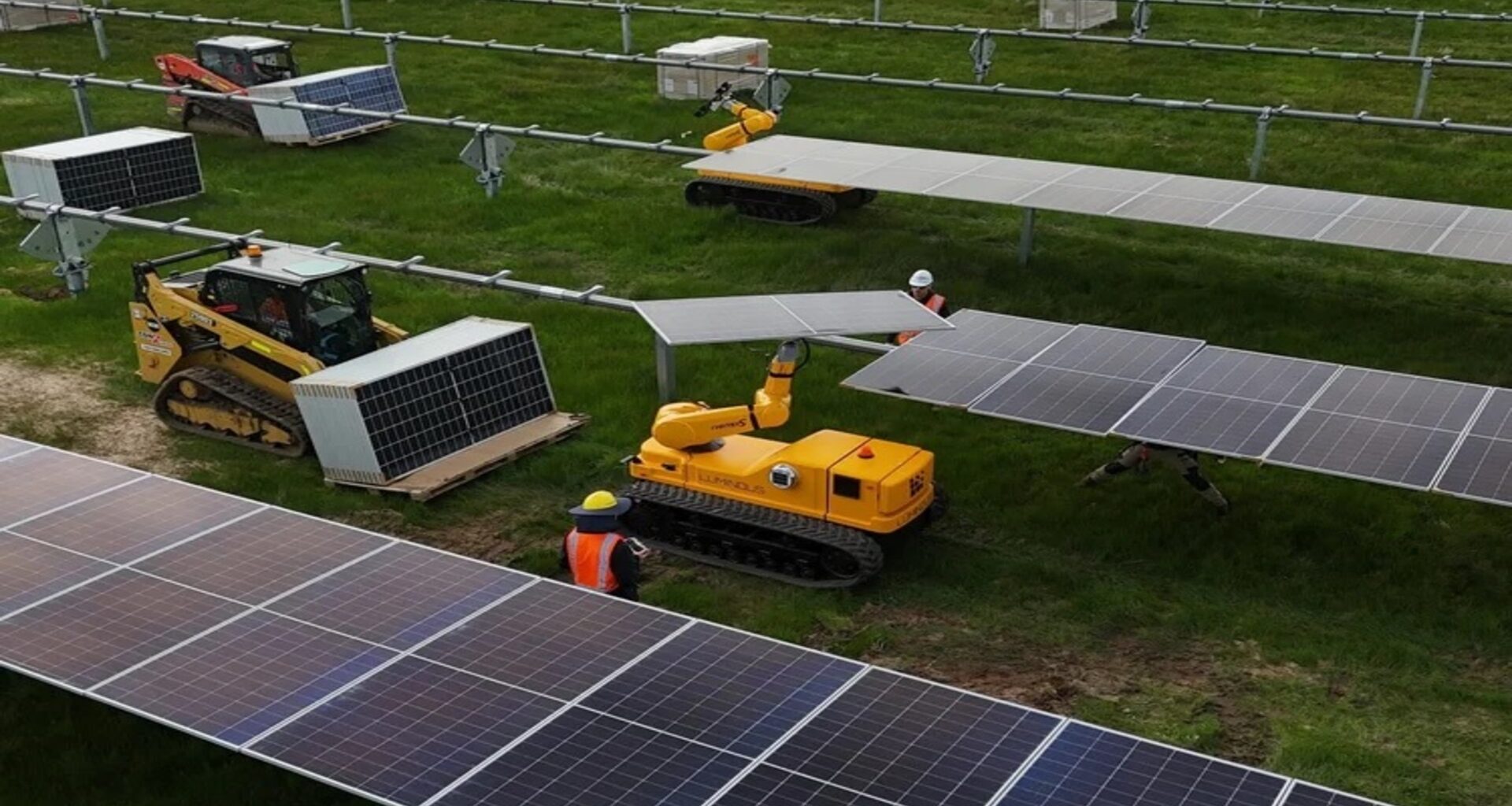An Australian electricity and gas provider has been using autonomous robots at its 250-megawatt solar farm, where nearly 500,000 panels are being installed ahead of schedule with the help of AI-powered machines.
The robots, designed to speed construction and improve safety, are being trialed at ENGIE’s photovoltaic Goorambat East Solar Farm. The site is located less than a mile south-east of the Goorambat township in Victoria.
“It will have a generating capacity of up to 250 MW, which is enough to power up to 105,000 average Victorian homes,” Justin Webb, ENGIE site representative said.
Developed by US-based Luminous Robotics, the LUMI S4 fleet uses AI-driven pick-and-place technology to autonomously lift and position solar modules onto racking structures.
Human crews then complete the securing process, cutting down on repetitive manual labor while increasing efficiency and reducing injury risks.
Robots boost solar power
To develop the robots, Luminous Robotics secured USD 4.9 million in funding from the Australian Renewable Energy Agency (ARENA). The funds were part of its USD 10 million Solar ScaleUp Challenge.
The machines autonomously lifted and placed panels onto racking structures, at the Goorambat East site, located near the city of Benalla, approximately 130 miles northeast of Melbourne.
This division of labor reportedly reduces one of the most physically demanding aspects of solar farm construction. It also improves both safety and efficiency while allowing the human workforce to focus on skilled tasks.
 The LUMI robots being tested for installation speed and safety.
The LUMI robots being tested for installation speed and safety.
Credit: Luminous Robotics
The system, first used for pilings and now for panels, marks Luminous’ debut of its LUMI robots outside the US, showcasing the future of solar farm construction.
“The intended higher productivity of these autonomous systems will reduce the cost of renewable energy projects and enable projects to be built in less time – which will bring down energy costs for consumers and potentially allow more solar farms to be built,” Webb continued.
The solar farm will have a capacity of up to 250 MW once complete. It will supply electricity to more than 100,000 average homes. Commissioning has already begun, with first energization expected before the end of October 2025 and full operation targeted for mid-2026.
Reshaping clean energy
Webb revealed that the robots require skilled technicians to help upskill the renewable workforce and boost productivity. He noted they could also benefit solar projects in remote, harsh regions where conditions are unsafe for workers.
“In the longer term, with continued development, robots like these will also enable a reduction in health and safety related risks from construction projects, for example reducing the manual handling of heavy solar panels,” he explained.
 Construction of the solar farm is ahead of schedule.
Construction of the solar farm is ahead of schedule.
Credit: Luminous Robotics
Jay M. Wong, Luminous Robotics CEO and founder elaborated that the Australian deployment of the LUMI fleet provided vital data, performance insights and real-life results to support global adoption.
“Our LUMI robots exceeded our target production rate and fueled by support from the Australian Renewable Energy Agency (ARENA), we’re keen to accelerate our next phase where we fine tune the LUMI fleet’s capabilities,” Wong said.
Meanwhile, Luminous and ARENA are preparing to release and open source solar construction’s largest, most comprehensive robotics dataset in the coming months. “We believe this is the honest approach to truly democratize solar for humanity,” Wong concluded.

